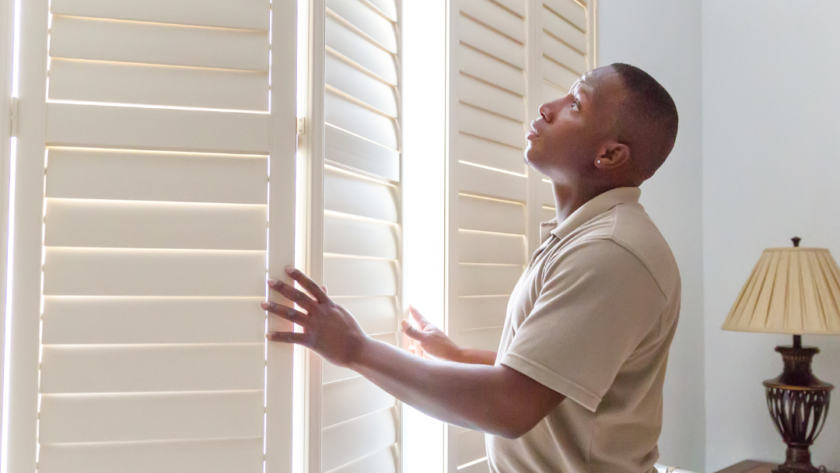When you buy a home or construct it, you check everything from plumbing to roofing and the use of the material in the kitchen. It is common for people to miss out on checking the type of windows and their purpose further. Similarly, the interior design planning includes everything from the color of the walls to the choice of furniture, but windows come last on the list.
However, it is crucial to understand that windows also play a powerful role in sprucing up the interiors apart from allowing the natural light inside your home. These days, layering different window treatments is gaining popularity among homeowners for its affordability and elegance. Read on to learn the tips for using window treatment layering to enhance the interiors.
Choose the design as per the room decor.
If you do not intend to renovate or change the complete interiors of the room, it will help if you choose the window treatment design in compliance with the existing room decor. The best way to select the window treatments is to understand what kind of ambiance you want in the room. Do you want to keep it dark and shaded, or want to keep it airy and fresh? Answer these queries for yourself, and you can decide easily.
Pick the base.
Since we are discussing layering, you need a base to work on and create the right layering to suit the interiors. You can choose your base from the many available options, such as soft roman shades, blinds, and sheer drapes. Roman shades make a good base because they give a patterned and even textured look. You can use these to control the light entering from the windows. The choice of base treatment color will impact the next decisions. So, you should visualize the final look and discuss it with professionals for the best advice.
Choose the decorative layer.
Choosing the decorative layer is the most important part because it builds your window treatment style. The next layer after your base depends on your choice of base treatment. Apart from the design and pattern, you’d also want to choose the length of the new layer. For instance, with roman shades and blinders, you’d like to pair long-length drapes in contrasting colors to create an elegant look. Similarly, many people want to add fabric or metal tiebacks. Tying enhances the look while also displaying the patterns. Check on the different layering designs and choose the one that best suits the interiors of your home. Interestingly, you can customize the methods based on your requirements.
Window toppers for the final layer.
The layering technique is incomplete without finishing it with a window topper. The toppers include valances, cornices, and swags. Look at toppers like a pocket square or a lady’s scarf; it simplifies the look yet balances the aesthetics. Your choice of a window topper will be directly impacted by the earlier layers, their colors, and the whole outlook of the room interiors.
Conclusion
The plethora of designs and layering options make it overwhelming for homeowners. So, it is best to take advice from professionals. You can discuss your requirements with window treatment service providers; they shall provide you with the necessary help. You may also take inspiration from Pinterest and other platforms to customize a layering design according to your style.



